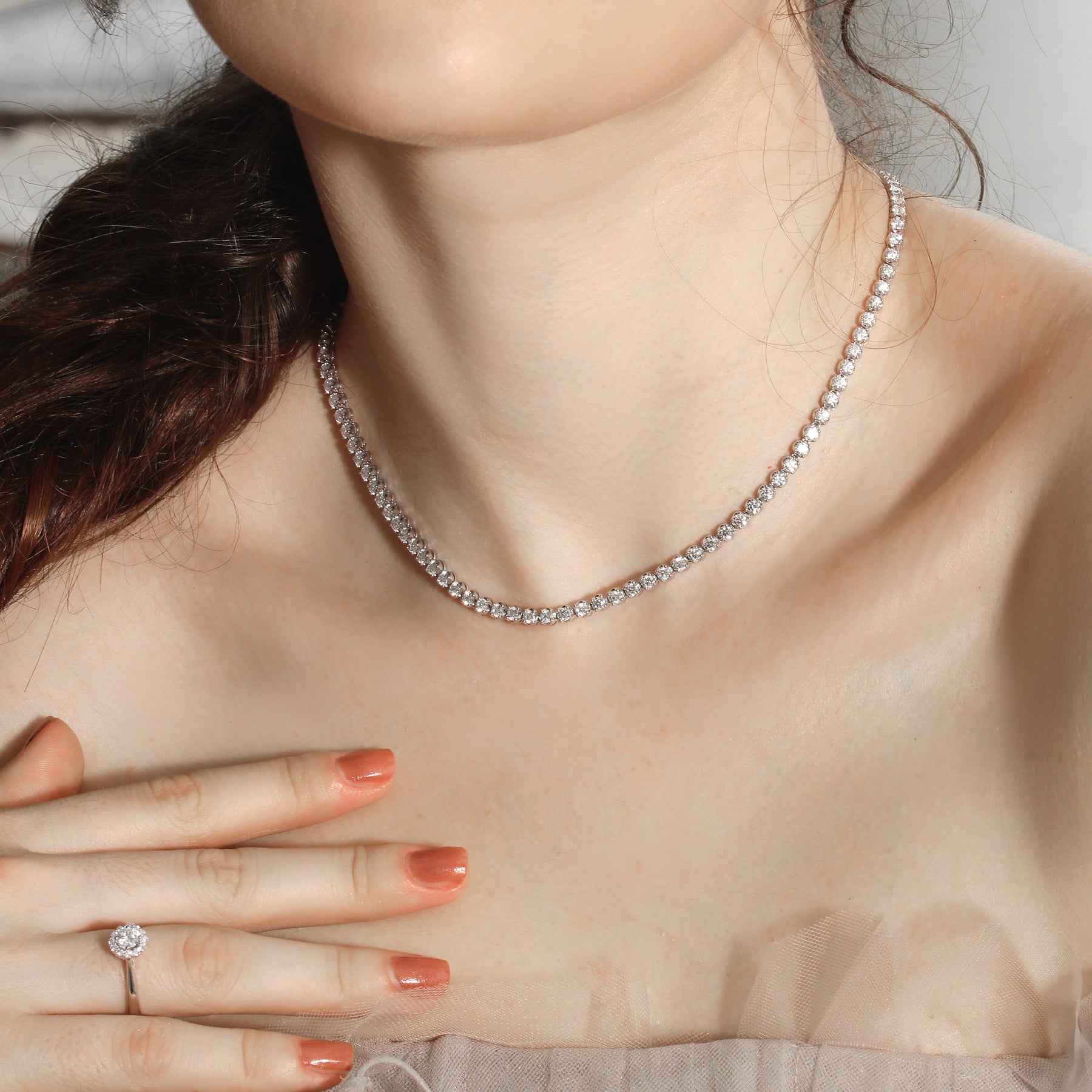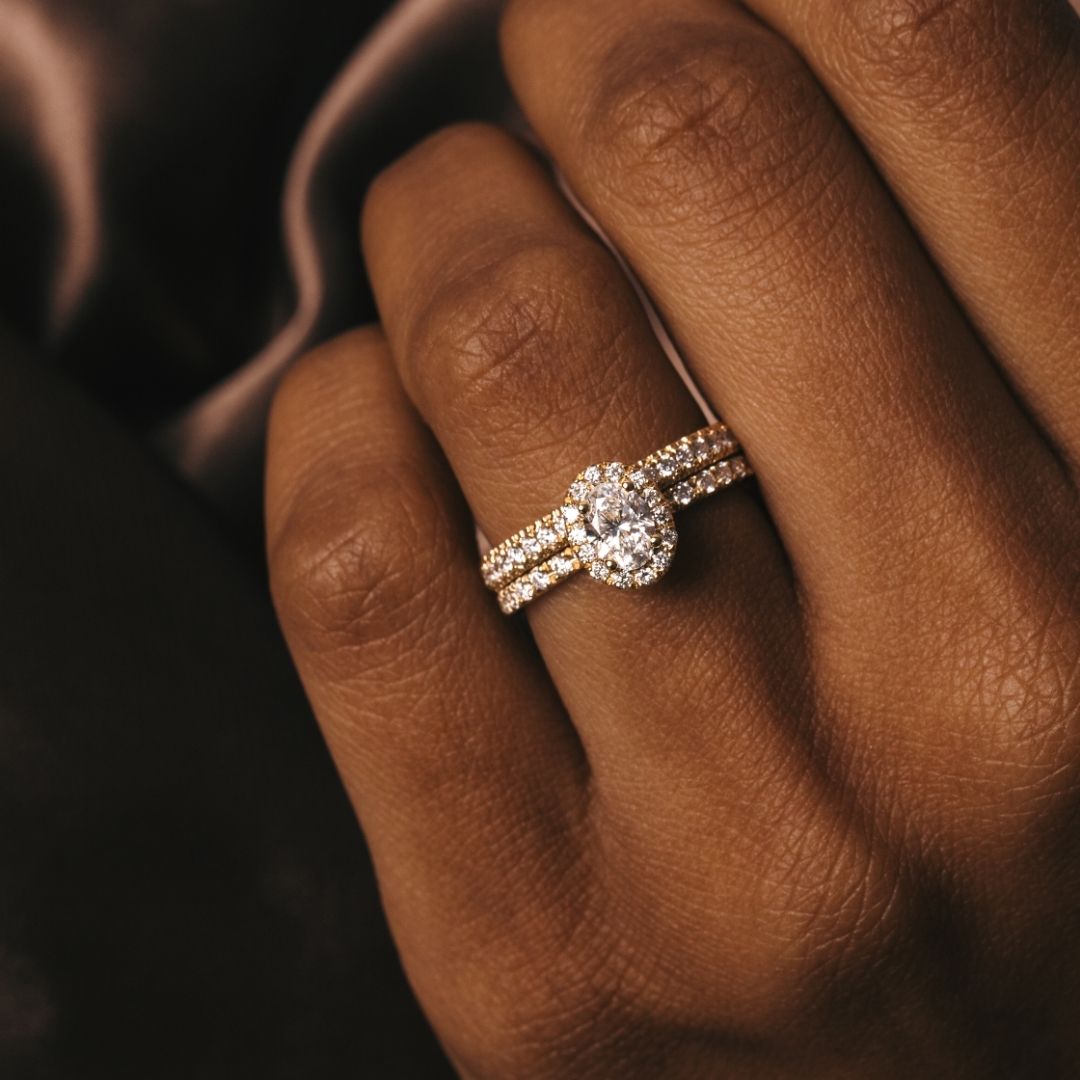Introduction to Man-Made Diamonds
Man-made diamonds, also known as synthetic or cultured diamonds, have been making waves in the jewelry world. Unlike natural diamonds that are mined from the Earth, these gems are created in controlled environments. But what exactly are man-made diamonds, and how are they crafted?
What Are Man-Made Diamonds?
Man-made diamonds are real diamonds. They’re composed of the same carbon atoms arranged in the same crystal lattice structure as natural diamonds. The key difference? They’re created in labs rather than mined from the ground. This means they can be produced in various sizes and qualities man made diamonds pendants, often at a lower cost than their natural counterparts.
How Are Man-Made Diamonds Created?
There are primarily two methods for creating man-made diamonds: High Pressure High Temperature (HPHT) and Chemical Vapor Deposition (CVD).
HPHT Diamonds:
This method mimics the high-pressure and high-temperature conditions found deep within the Earth. A small diamond seed is placed in a chamber with carbon, and the intense conditions cause the carbon to crystallize into a diamond.
CVD Diamonds:
This technique involves placing a carbon-rich gas in a vacuum chamber. The gas is ionized into a plasma, which then deposits carbon atoms onto a substrate, forming a diamond layer by layer.
Environmental Benefits
Man-made diamonds are much more eco-friendly than mined diamonds. The mining process is notorious for its environmental impact, including deforestation and habitat destruction. Since man-made diamonds are produced in labs, they significantly reduce the ecological footprint associated with diamond extraction.
Cost Efficiency
One of the biggest perks of man-made diamonds is their cost. Due to the controlled production environment, these diamonds can be sold at a fraction of the price of natural diamonds. This affordability allows consumers to purchase larger or higher-quality stones for the same budget.
Ethical Considerations
Ethical concerns surrounding diamond mining—often referred to as “blood diamonds”—have led many to seek alternative options. Man-made diamonds offer a guilt-free choice, as their creation doesn’t involve conflict or exploitative labor practices.
Types of Man-Made Diamonds Used in Pendants
When it comes to pendants, the type of man-made diamond used can greatly affect its appearance and quality.
High Pressure High Temperature (HPHT) Diamonds
HPHT diamonds are known for their classic look, closely resembling natural diamonds. They tend to be a popular choice for high-end pendants due to their brilliance and clarity.
Chemical Vapor Deposition (CVD) Diamonds
CVD diamonds often feature a more modern appearance. They can be made to specific colors and qualities, making them a versatile choice for those looking for something unique in their pendants.
Choosing the Right Man-Made Diamond Pendant
Selecting the perfect pendant involves more than just picking out a diamond. It’s about finding one that matches your personal style and preferences.
Quality and Cut
The quality of a man-made diamond is judged by its cut, color, clarity, and carat weight—the four Cs. The cut determines how well the diamond reflects light, affecting its sparkle. Choose a pendant with a well-cut diamond to ensure maximum brilliance.
Clarity and Color
Clarity refers to the absence of internal or external flaws, while color ranges from completely colorless to shades of yellow or brown. For pendants, a diamond with high clarity and a colorless or near-colorless grade is often preferred.
Setting and Style
The setting of your pendant can dramatically alter its look. From classic solitaire settings to intricate designs featuring multiple stones, the choice of setting can complement your style and make the pendant stand out.
Caring for Your Man-Made Diamond Pendant
To keep your pendant looking as stunning as the day you bought it, proper care is essential.
Cleaning and Maintenance
Regular cleaning is crucial to maintain the diamond’s sparkle. Use a mild detergent and a soft brush to gently scrub the pendant. Avoid harsh chemicals and ultrasonic cleaners that could damage the setting.
Storing Your Pendant
When not in use, store your pendant in a soft cloth pouch or a jewelry box with separate compartments to prevent scratching. Avoid keeping it in direct sunlight or damp environments.
Popular Designs and Trends in Man-Made Diamond Pendants
The world of jewelry is always evolving, and man-made diamond pendants are no exception.
Classic Designs
Classic designs like solitaire and halo settings never go out of style. They emphasize the diamond’s beauty and make for timeless pieces that can be worn on any occasion.
Lab diamonds are rapidly transforming the gemstone industry by offering a sustainable, ethical alternative to mined diamonds. Created in controlled environments that replicate the natural conditions under which diamonds form, these stones possess the same physical and chemical properties as their natural counterparts. Unlike traditional diamonds, lab diamonds are free from the ethical concerns associated with mining, such as environmental damage and exploitative labor practices.
Contemporary Styles
For those with a modern taste, contemporary designs featuring geometric shapes or mixed materials can add a fresh twist. These pendants often incorporate unique settings or diamond arrangements that cater to current fashion trends.
Man-Made Diamonds vs. Natural Diamonds
Curious about how man-made diamonds stack up against natural ones? Let’s dive into some comparisons.
Durability Comparison
Both man-made and natural diamonds are incredibly durable, rated 10 on the Mohs scale of hardness. This means they are equally resistant to scratches and damage, making them perfect for daily wear.
Value and Resale
While man-made diamonds are typically less expensive, their resale value might not be as high as natural diamonds. However, this gap is closing as man-made diamonds become more accepted in the market.
Online Retailers
Online stores offer a wide selection and often provide detailed descriptions and certifications for man-made diamonds. Sites like Brilliant Earth and Pure Grown Diamonds are reputable sources.
Physical Stores
If you prefer seeing the pendant in person, visit jewelers that specialize in man-made diamonds. This allows you to examine the quality and craftsmanship before making a purchase.
Personalization Options
From engraving initials to choosing a specific diamond cut, personalization can make your pendant one-of-a-kind. Many jewelers offer customization services to help you create a piece that reflects your individuality.
Working with Jewelers
Consulting with a jeweler can help you navigate the customization process. They can provide expert advice on design choices and ensure that your vision is realized.
Conclusion
Man-made diamond pendants offer a dazzling combination of beauty, ethical sourcing, and affordability. Whether you’re drawn to their environmental benefits, lower cost, or unique designs, they present a compelling alternative to natural diamonds. With proper care and thoughtful selection, a man-made diamond pendant can become a cherished piece in your jewelry collection. So why not embrace the sparkle of innovation and find a pendant that truly shines for you?







